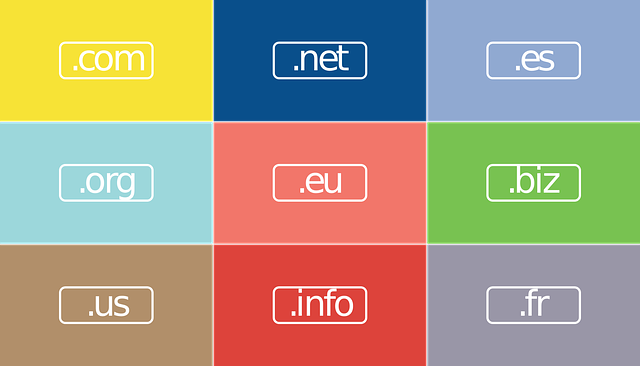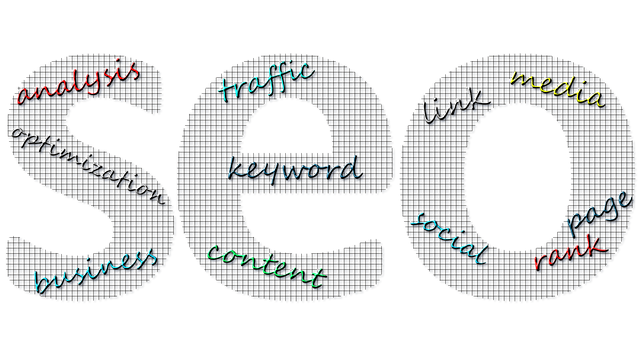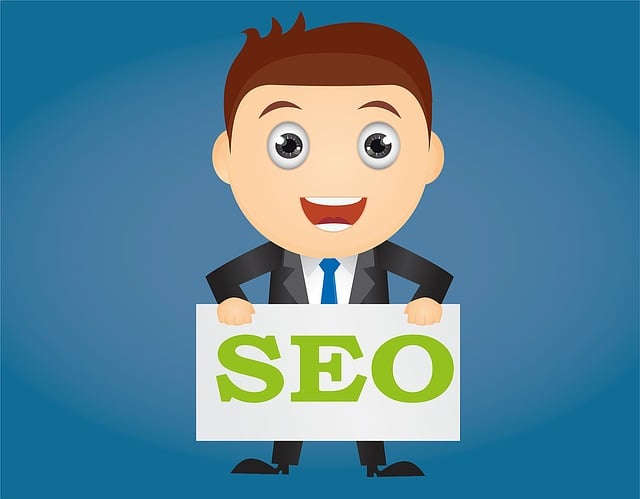Full-service SEO web design offers a comprehensive solution, combining aesthetic appeal, functionality, and search engine optimization. It includes responsive layouts, fast loading times, UX optimization, keyword-rich content, and backlink building to enhance organic rankings and user experience. This approach drives traffic, boosts online visibility, and strengthens digital presence. By focusing on user intent, relevant content, technical optimizations, and regular audits, it improves site structure, speed, mobile responsiveness, and security. Measuring KPIs ensures success and informs strategic SEO decisions for better online performance and increased conversions.
In today’s digital landscape, a robust full-service SEO web design is no longer an option—it’s essential. This comprehensive guide delves into the intricate world of SEO web design, exploring its multifaceted approach and profound impact on online visibility and user engagement. From understanding the core principles of search engine optimization to implementing key components for an optimized website, we’ll navigate the process step-by-step. Discover how integrating content strategy with technical SEO considerations can revolutionize your online presence, ultimately tracking KPIs for measurable success in the competitive digital realm.
Understanding Full-Service SEO Web Design: A Comprehensive Approach

Full-service SEO web design encompasses a comprehensive strategy that intertwines search engine optimization (SEO) with robust web design practices. It goes beyond creating visually appealing websites; it involves optimizing every element to enhance online visibility and drive organic traffic. This approach recognizes that successful digital presence necessitates a harmonious blend of aesthetics, functionality, and search engine friendly architecture.
By offering full-service, these experts handle everything from initial planning and website development to ongoing maintenance and performance monitoring. They employ best practices in SEO web design, including responsive layout, efficient page loading times, intuitive navigation, and strategic keyword integration. This holistic approach ensures that not only does your website look great, but it also ranks higher on search engines, ultimately attracting more visitors and potential customers.
The Role of Search Engine Optimization (SEO) in Web Design

In the realm of full-service SEO web design, Search Engine Optimization (SEO) plays a pivotal role in ensuring online visibility and user engagement. It’s not just about creating visually appealing websites; it involves strategic planning and implementation to enhance search engine rankings. SEO web design focuses on integrating essential elements that resonate with both users and algorithms, fostering a harmonious relationship between aesthetics and functionality.
Effective SEO web design begins with keyword research, content optimization, and structured coding. By utilizing relevant keywords naturally throughout the website’s content, meta tags, and URLs, SEO strategies attract search engines’ attention, improving organic search rankings. Moreover, it emphasizes mobile-friendliness, fast loading times, and intuitive navigation, as these factors significantly influence user experience and search engine algorithms’ perception of a site’s quality.
Key Components of a Full-Service SEO-Optimized Website

A full-service SEO web design involves a comprehensive strategy that integrates search engine optimization (SEO) directly into every aspect of your website’s development and operation. The key components of such a site include responsive design, fast loading speeds, mobile-friendliness, and an emphasis on user experience (UX). A well-optimized website ensures that it is easily accessible and navigable on all devices, from desktops to smartphones, catering to the diverse online habits of modern users.
Furthermore, content creation and strategic keyword placement are vital. This involves crafting high-quality, relevant content that resonates with your target audience while incorporating keywords naturally throughout the site’s text, meta tags, and headings. Backlink building is also crucial; securing quality backlinks from reputable sources enhances your website’s authority and visibility in search engine results pages (SERPs). These components work together to improve a site’s ranking, driving more organic traffic and enhancing its overall online presence.
How Full-Service SEO Improves User Experience and Engagement

Full-service SEO web design goes beyond just optimizing for search engines; it’s about creating a website that offers an exceptional user experience. By integrating SEO best practices into every aspect of web design, from site structure to content creation and page speed, users benefit from improved navigation, easier access to information, and faster load times. This enhances user engagement, encouraging visitors to explore the site further, spend more time on pages, and interact with content.
Additionally, full-service SEO considers mobile optimization, ensuring that websites are responsive and accessible across various devices. Mobile-friendly design not only caters to the majority of internet users but also positively impacts search engine rankings. As Google and other major search engines prioritize user experience, a well-designed and optimized website stands out in search results, driving more traffic and fostering stronger connections with potential customers.
Integrating Content Strategy with SEO for Maximum Impact

In the realm of full-service SEO web design, content strategy and search engine optimization (SEO) are two powerful components that, when integrated seamlessly, can significantly enhance online visibility and drive business growth. A well-crafted content strategy forms the backbone of any effective SEO approach by identifying target audiences, understanding their needs, and creating valuable, relevant, and engaging content tailored to their searches. By aligning content with user intent and industry trends, websites can attract organic traffic and establish themselves as authoritative sources in their niches.
SEO web design takes this a step further by ensuring that the technical aspects of a website support content strategy. This includes optimizing site structure, meta tags, headers, and images to make content easily discoverable by search engines. A user-friendly interface, fast loading times, and mobile responsiveness also contribute to improved SEO rankings, as search algorithms prioritize websites that provide positive user experiences. When content strategy and SEO are integrated from the outset, websites become powerful tools for online success, attracting and retaining users while increasing conversion rates.
Technical SEO Considerations for Seamless Website Performance

In the realm of full-service SEO web design, technical SEO considerations are the unsung heroes behind a website’s success. These aspects ensure your site isn’t just visually appealing but also performs seamlessly for both users and search engines. Key technical SEO elements include optimizing site speed, ensuring mobile responsiveness, and implementing structured data markup to help search engine crawlers understand your content better. A well-optimized site structure with easily navigable URLs further enhances user experience, encouraging visitors to explore more pages and boosting time spent on the site.
Additionally, securing SSL certification for HTTPS protocol is crucial for data encryption, instilling trust in users, and signaling to search engines that your website prioritizes security. Regular site audits and updates are essential to address any technical issues, keep content fresh, and maintain a high standard of performance. These strategies collectively contribute to a robust SEO web design, driving better rankings, increased visibility, and ultimately, more conversions.
Measuring Success: Tracking KPIs for Full-Service SEO Web Design

Measuring success is a critical aspect of full-service SEO web design, allowing businesses to understand their online performance and make data-driven decisions. Key Performance Indicators (KPIs) are essential metrics that provide insights into the effectiveness of SEO strategies. These KPIs can range from organic traffic growth, where increases in visitors from search engines indicate successful optimization, to bounce rate reduction, reflecting improved user engagement on sites.
For full-service SEO web design, tracking keyword rankings is also vital. Monitoring positions for targeted keywords helps gauge the visibility and reach of a website. Additionally, analyzing conversion rates enables businesses to evaluate how well their websites are converting visitors into customers or leads. Regularly reviewing these KPIs ensures that SEO efforts remain on track and aligned with business goals.
